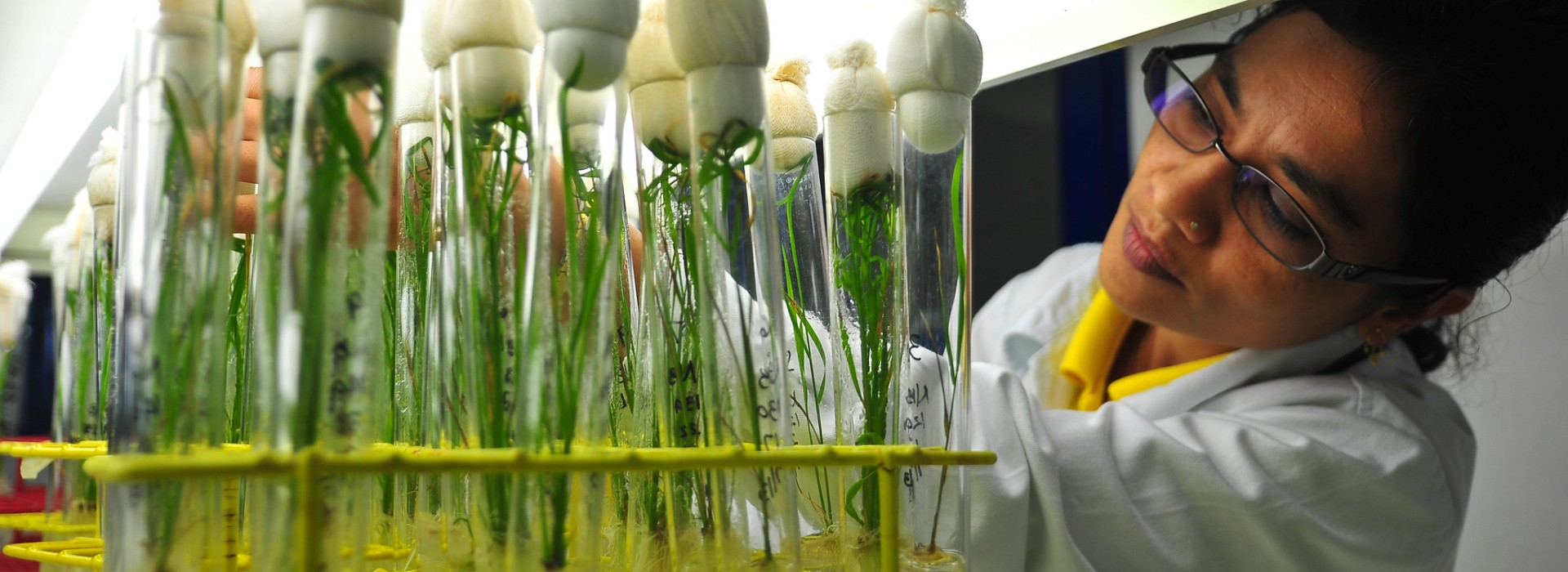For over a half-century, CGIAR and its partners have delivered high-impact science and innovation to address some of the world’s biggest development challenges. To tackle increasingly complex and pressing threats posed by climate change, pandemics, and macroeconomic shocks, CGIAR’s 2030 Research and Innovation Strategy set a mission to transform food, land, and water systems in a climate crisis.
However, even an organization with considerable past achievements, an annual budget of US$700-900 million, and a global presence of about 10,000 staff from 135 nationalities cannot solely tackle all aspects of such wide-ranging challenges. As One CGIAR reorganizes to partner with strategic organizations to confront these challenges, defining its comparative advantage (CA) becomes more important than ever.
Despite CGIAR using the concept of CA for years, a need continues to exist for a unified and evidence-based approach throughout the System. This need led the Independent Science for Development Council (ISDC) to develop a concept note that provides some reflections on CA as it applies to CGIAR.
What is the concept of comparative advantage?
Multiple entities (people, countries, organizations, etc.) exist that all desire multiple outputs (or outcomes), each of which is produced using one or more methods that requires one or more distinct inputs. If the entities differ, then they will be differentially good at producing one output relative to another output and relative to the other prospective supplier(s).
Even if an entity is the world's best at producing each output (i.e., holds absolute advantage), that advantage will be greatest for (at least) one output and least for (at least) one other output. This implies gains from trade if each entity specializes in that output(s) it produces relatively better than other outputs (or outcomes) as compared to other entities. That's the essence of CA.
The key is that CA is always defined relative to other prospective producers and about one output relative to (at least) one other. One always has CA in something, never in everything.
Why CGIAR should care?
The CA term continues to be used in quite varied ways within CGIAR. Often that represents an innocent error born of insufficient concept understanding. This is evident, for example, in the recent CGIAR Initiative proposals reviewed by ISDC, each of which included a section on CA. CGIAR funders, managers, and scientists should care about CA because CGIAR explicitly targets multiple impacts that require achieving multiple outputs and outcomes. Simply stated, the research for development (R4D) space is crowded. Defining CGIAR’s CA supports strategic planning at every level, which is critical more than ever during an organizational reform.
CA is not the existence of critical mass or a favorable reputation, although those were the most common uses of the term found in the Initiative proposals. Defining CA in R4D is at the cutting edge of research because innovations aren’t like cloth or wine, the examples David Ricardo used in laying out CA theory originally. Public goods-oriented R4D organizations do not have natural market price feedback mechanisms to guide portfolio allocations the way commercial firms do. CGIAR could help push thinking on this topic, not just to the benefit of its own portfolio management, but also to help position CGIAR on the frontier of R4D.
ISDC aims to contribute to putting the concept of CA to effective use in research portfolio management at all levels within CGIAR, now that the One CGIAR structure makes portfolio approaches possible and especially salient.
Accordingly, one should develop a framework that CGIAR managers at all levels can use to help (i) define the methods and data by which R4D organizations like CGIAR can identify and demonstrate their CA, and (ii) apply the method to CGIAR adaptive research portfolio management. This would complement CGIAR's increasingly mainstreamed use of the Quality of Research for Development in the CGIAR Context (QoR4D) framework
Which way forward?
Generating science and innovation is unique. Methodologically, credible, comprehensive data on the cost of producing a unit of any target CGIAR impact rarely exists. A sequence of structured questions is required, with the intent to push CGIAR research managers to reflect on the appropriate scope of research activities and partnerships that can best advance the System’s stated impact goals and assess CA at moments of research evaluation. CGIAR can use a unified approach to CA to seek funding of new Initiatives and to stage-gate, expand, or extend existing ones.
Similar to how ISDC used QoR4D to review Initiative proposals in 2021-22, a CA framework built around a decision tree would be a useful tool for research portfolio management. ISDC is developing such a framework to be used by CGIAR funders, research managers, and scientists. These methods could also prove useful for other R4D organization stakeholders seeking to identify and demonstrate their CA.
In advancing the increasingly urgent task of achieving a world free of poverty, hunger, and environmental degradation, putting the concept of CA to effective use within CGIAR (and beyond) constitutes a promising opportunity to accelerate impact at scale.



